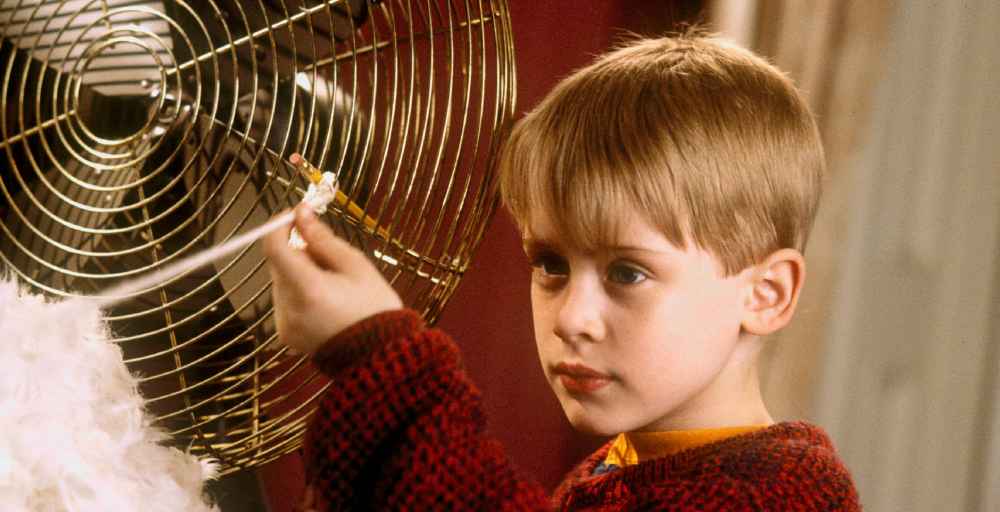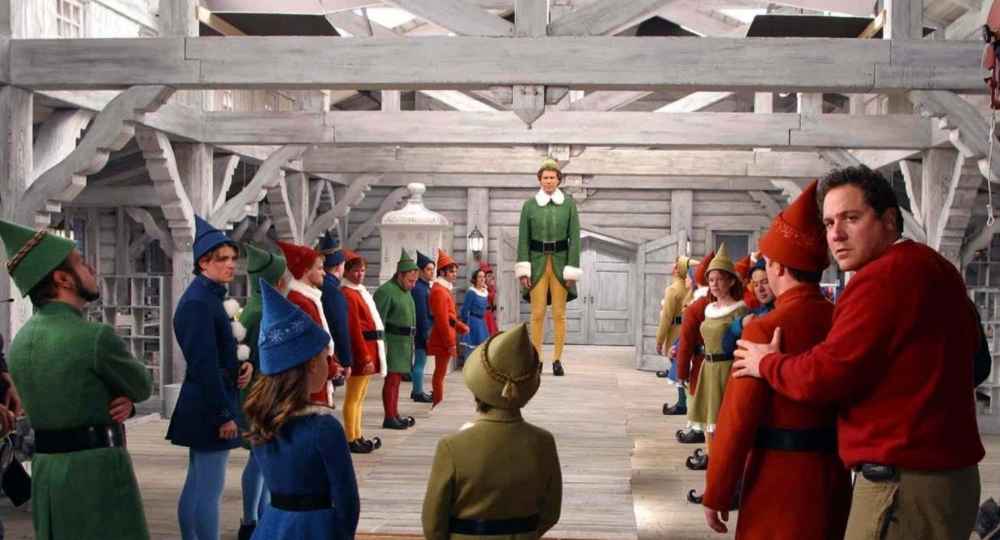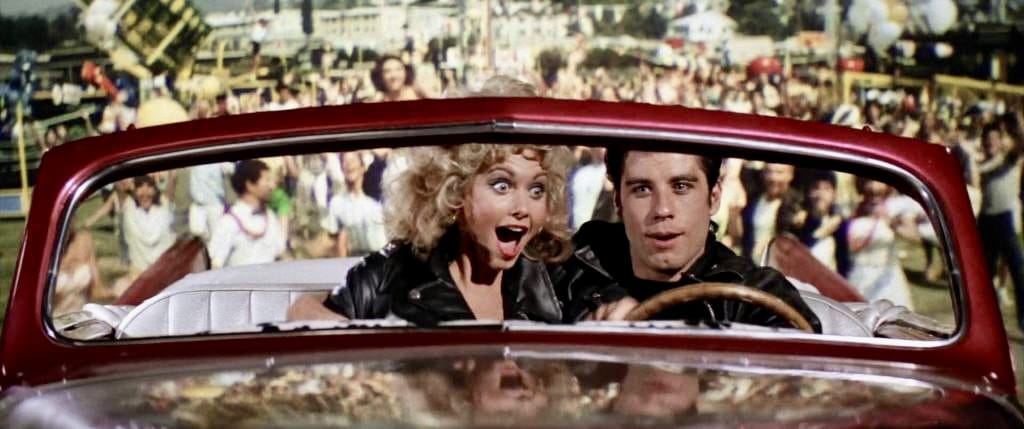By Laura Day, First Year, English and Classical Studies
It’s Christmas season: the season of bright lights, warm drinks, and even warmer laughter. It’s that time of year when families come together, gathering in fire warmed houses with, more often than not, a festive film lighting up the television screen. But what is it that makes these films so quintessential to Christmas celebrations? And what is it about them that keeps us reaching for the Christmas DVDs year after year after year?
It's become a staple of my household’s winter celebrations to turn the TV onto the Christmas movie channel the moment December hits and to fill the house with the sounds of (objectively bad) Hallmark Christmas movies. My mum has even developed a ranking system whereby she measures the quality of a film by the realism of the fake snow they use. As we move into the days closer to Christmas, more traditional films are put on, alongside cheesy Christmas music and decorations. The quality of these films may, to my belief, be better, but one similarity remains: they manage to capture the spirit of Christmas.

Christmas is a time when childhood nostalgia runs rife, when that desire to cling onto hope despite all the horrors life presents us with shows itself a little fiercer. Throughout history, humanity has found a way to celebrate the colder months, providing warmth and jubilation in the time its most needed, and Christmas movies are the perfect extension of that. They capture the love, the connectedness, the hope, that is so desperately craved at this time of year.
From the childhood wonder and resilience depicted in Nativity! (2009) and Home Alone (1990), to the interwoven lives portrayed in Love Actually (2003), the choice these films make of having a palate plentiful in colours traditional of the festive season adds to the cosy ambience they create. These films are full of softly lit scenes and adorned with homely reds and greens and are often set in small villages away from the busy life of cities. Time appears suspended, whilst the isolated atmosphere these films produce creates the impression of life unaffected by everyday struggles.

The soundtracks are another aspect in making these films atmospheric. Music is one of the best ways to evoke strong emotion in a viewer, and Christmas films make good use of this. The well-beloved songs that play over scenes of winter festivities help invoke the childhood nostalgia that stems from the repetition of these tunes being played year after year. Often, they are combined with the sound of sleigh bells, and the sight of perfectly falling snow outside houses covered from doorstep to chimney in sparkling lights, allowing these upbeat, joyful tunes help transport the audience away from everyday life to a world of Christmas.
There really is no other answer to why these movies are watched time and time again, to why watching Elf (2003) and It’s a Wonderful Life (1946) have become as much an established Christmas tradition as roast dinners and trees, except that they capture the feeling of the season so well. Take out the Christmas setting, and you are still left with tales that tell of home and of family. They are stories that have low stakes and a guaranteed happy ending, reassuring us of the innate goodness in people, and that love can always be found. They are the perfect way to spend an evening with family and friends that will leave you feeling warm despite the frost on your windows.
Featured Image: It's a Wonderful Life (1946) // Courtesy of IMDb
What are your favourite Christmas movies?









